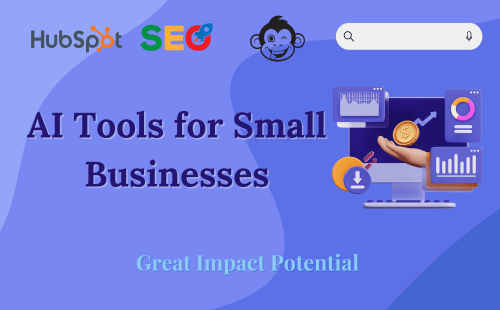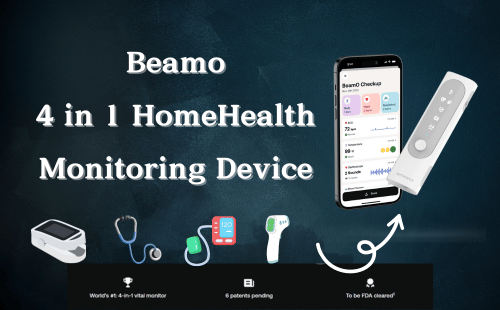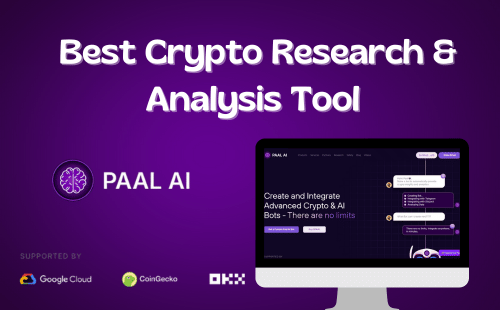Introduction
Page load times are crucial for web application performance and user experience. Studies show even minor delays lead to substantial revenue losses. AI and machine learning provide new ways to continuously monitor performance and quickly pinpoint optimization opportunities. This article explores key techniques for leveraging AI to drive faster web app speeds.

The Importance of Web Performance
Page load time directly impacts key business metrics:
- 47% of users expect pages to load in 2 seconds or less before abandoning a site
- A 100ms delay reduces Amazon’s revenue by 1%
- 40%+ of site visits are abandoned if pages take ≥3 seconds to load
As more commerce and engagement moves online, load times are crucial for revenue and customer retention. Yet performance often deteriorates over time as apps grow more complex. This makes continuous, AI-powered monitoring essential.
Key Elements to Monitor

Several key elements impact perceived load times and merit continuous tracking:
- HTML Response Time: Time to first byte (TTFB)
- DOM Construction: Time to build document object model
- Resource Load Time: Time to fetch CSS, JS, images etc.
- Server Response Time: Time backend needs to construct views & data
Monitoring how long each takes, as well as tracking web vitals like LCP and TTI, provides data to optimize.
Challenges With Traditional Monitoring
Many rely on user complaints or intermittent manual testing to gauge web app performance. However, this approach has major drawbacks:
- Inconsistent objective data on exact load times
- Limited ability to relate performance to code changes
- Reactiveness delays identifying emerging problems
- Sporadic monitoring misses temporary performance spikes
Some use automated load testing tools. But scripts often don’t simulate complex real-world usage patterns. AI addresses these challenges through continuous learning.
Leveraging AI for Continuous Performance Tracking
Modern AI techniques enable constant objective measurement of all key web vitals and resources. By establishing performance baselines then continuously checking for deviations, you get ahead of issues before they broadly impact users.
Core AI Capabilities
AI tools like Catchpoint, Datadog and New Relic provide:
- Synthetic monitoring: Simulates user traffic from global points to measure real load performance
- Transaction tracing: Instruments code to quantify resource load times
- Web vitals tracking: Real user data on TTFB, FID, CLS etc.
- Root cause analysis: Pins performance changes to code deploys, traffic spikes etc.

Combining these techniques establishes thorough performance baselines then continually measures deviations.
Continuous Optimization Loop
Constant monitoring feeds an automation and optimization loop:
- Measure all resources/pages against baselines
- Surface emerging performance deviations
- Trigger alerts for engineering teams
- Identify root causes like code changes, traffic spikes etc.
- Optimize bottlenecks, then confirm improvements
This process runs 24/7 to ensure optimal user experiences. Teams also monitor user satisfaction metrics like bounce rates and conversions to confirm performance gains translate to business value.
AI for Code Optimization & Release Testing
AI strengths in pattern recognition also help:
- Find optimization opportunities in pages, scripts, images etc. to guide manual tuning
- Quantify improvements from proposed code changes so developers know their impact before releasing
- Model code deploy risks to catch high-likelihood performance regressions pre-release
These capabilities accelerate enhancements and help prevent performance-impacting changes from reaching users.
The Path Forward
Leveraging AI is now essential for continuously optimizing web application speed and user experiences. Key steps to get started:
- Instrument your apps to capture detailed performance data
- Establish baselines for key web vitals & resources
- Implement continuous synthetic monitoring to surface deviations
- Feed data into automation loops that drive constant improvements
With AI enabling 24/7 optimization, teams can finally stay ahead of performance issues as apps scale and evolve.
The result? Happier users, lower bounce rates, and substantial business value gains from faster page loads.
Conclusion
By enabling previously impossible levels of web performance monitoring, AI empowers teams to continually tune apps to meet rising user expectations. Combining synthetic monitoring, transaction tracing and web vitals tracking provides comprehensive insight into all factors impacting load times. Feeding this data into automation loops then allows driving constant enhancements to minimize delays. The outcome is optimized experiences that translate into revenue gains as bounce rates fall and conversions rise. With AI delivering continuous improvement, web performance ceases to be a reactive challenge and instead becomes a driver of business success.







